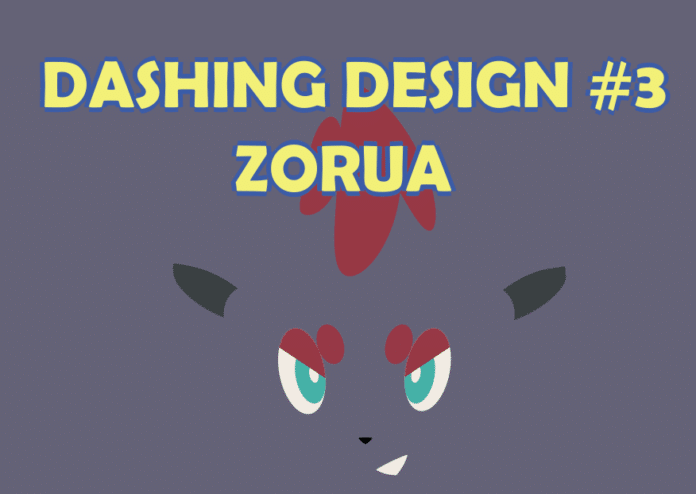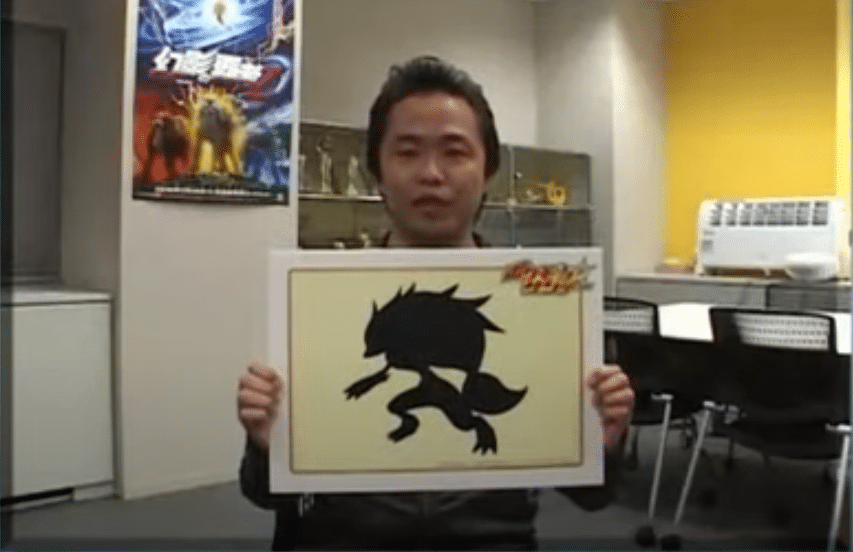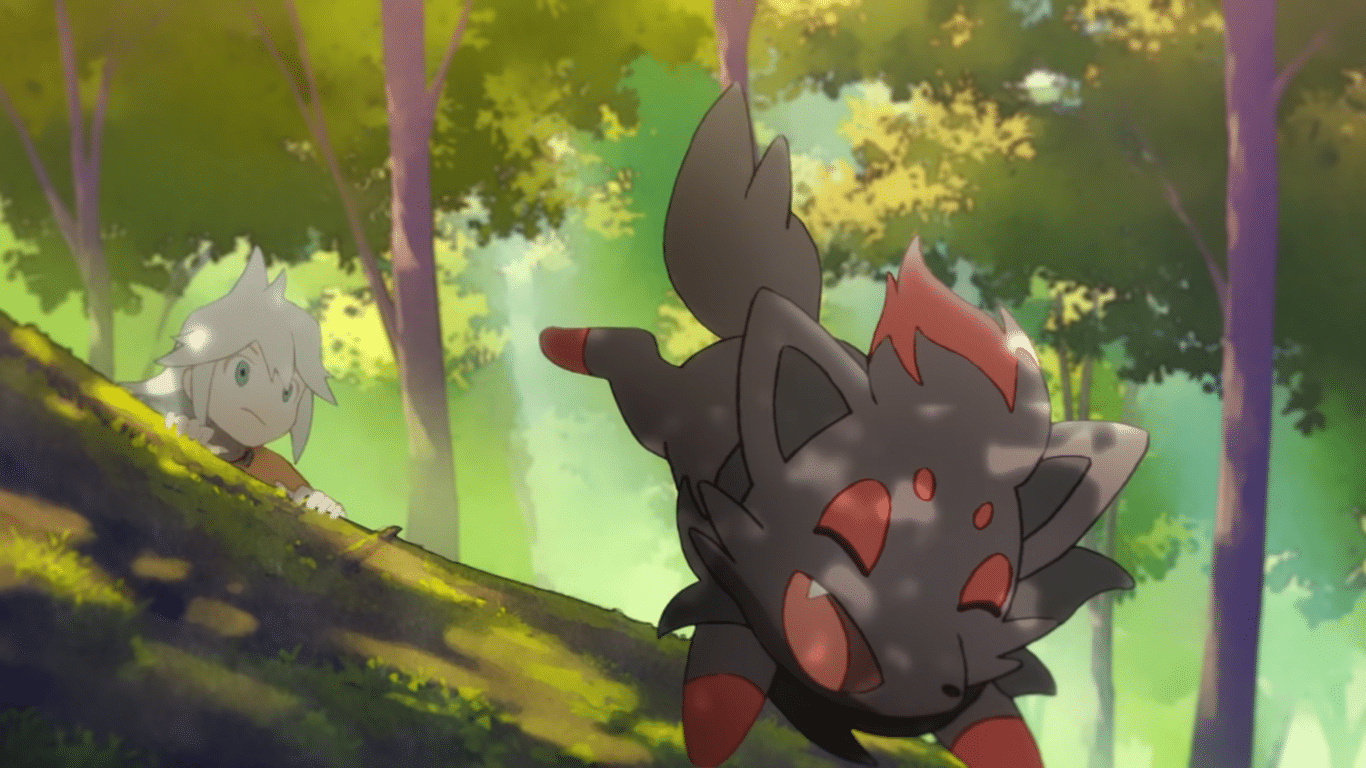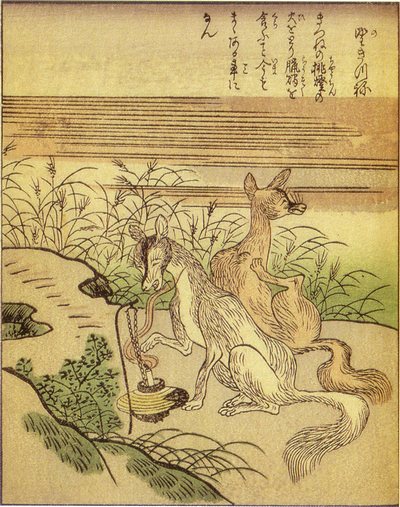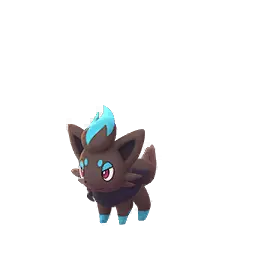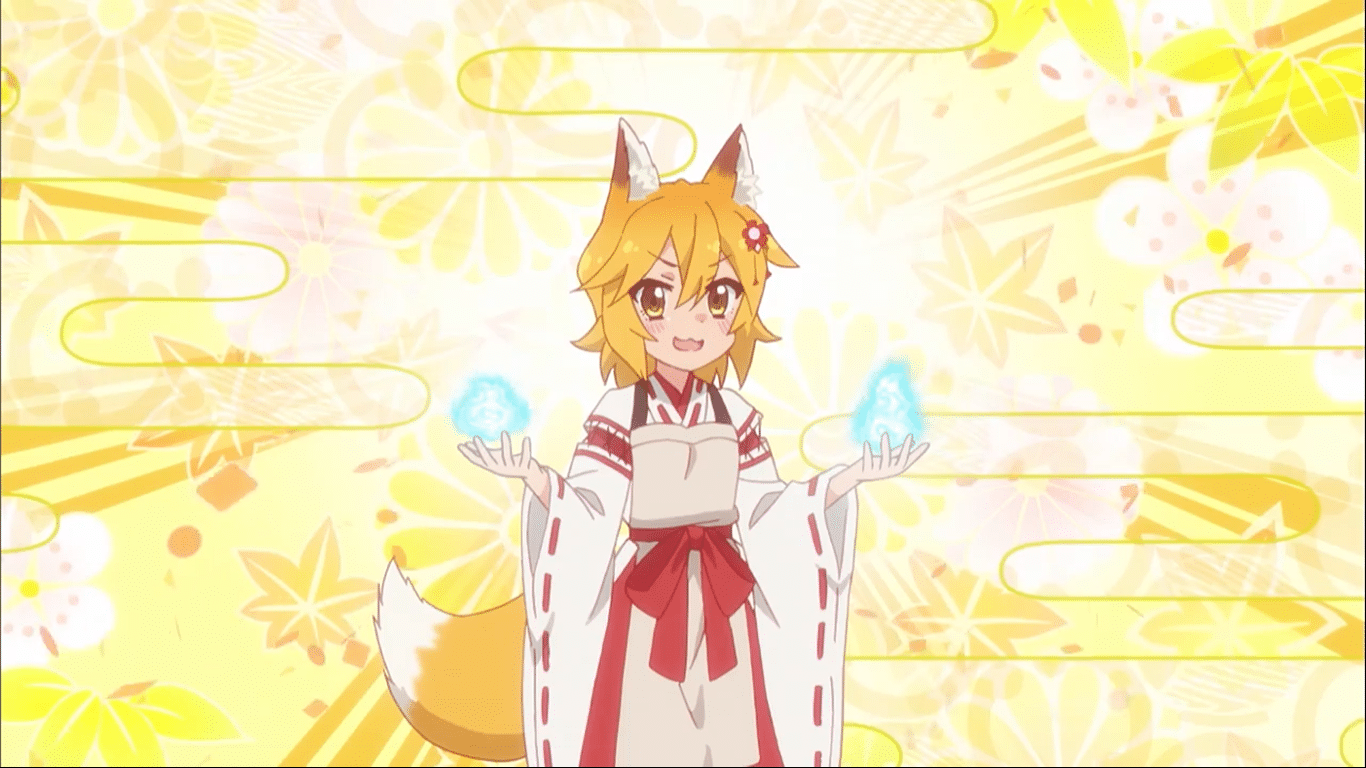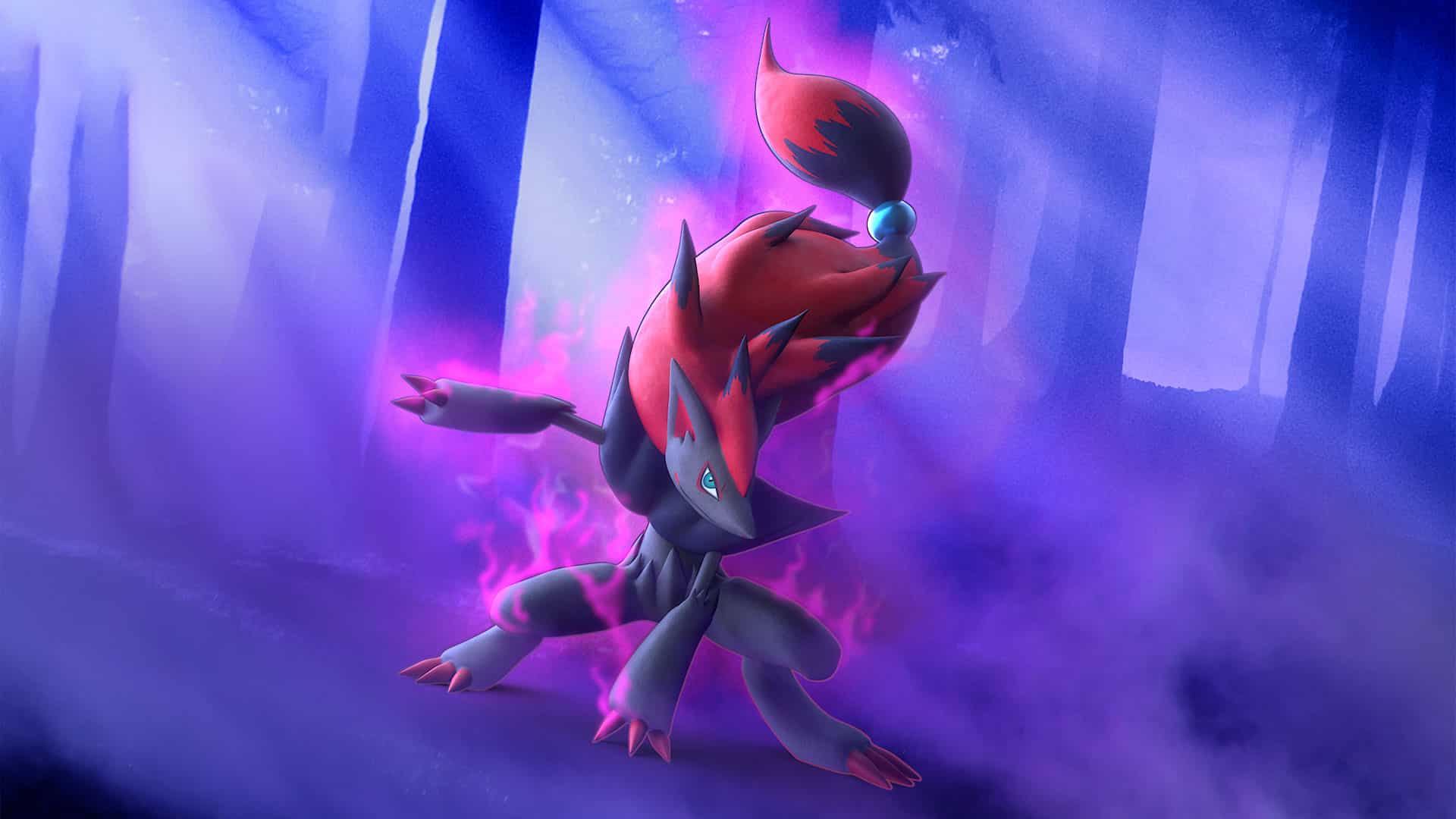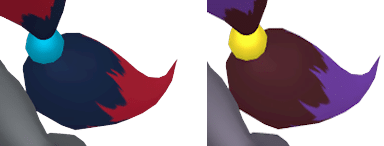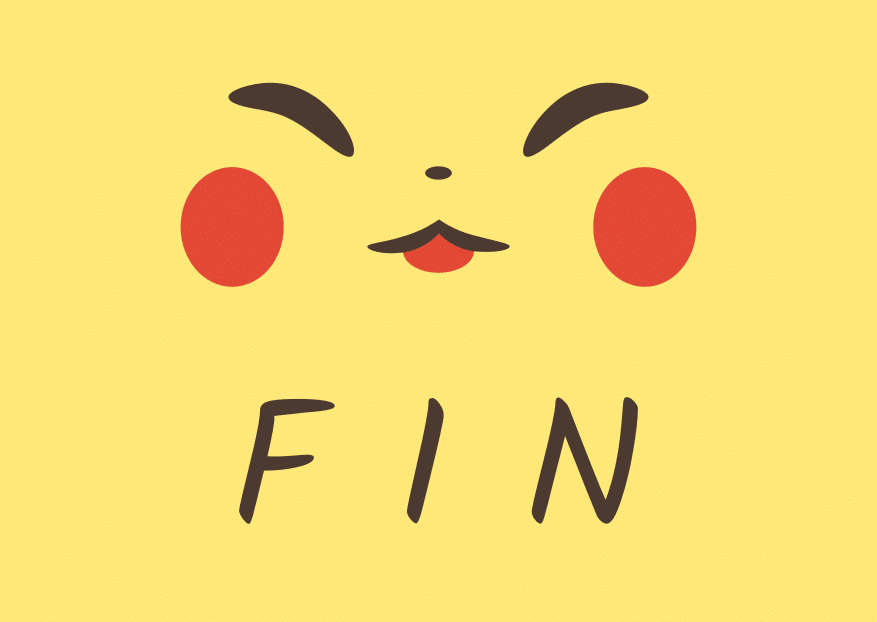Good day, Pokémon Trainers! Have you ever noticed how certain events in Pokémon GO give special attention to a single Pokémon or the community itself tends to hype a new Pokémon up? Have you ever wondered why this Pokémon specifically and what its origins are?
Well, that’s where the Dashing Design series comes in! I’ll be your guide as we take a look at the franchise history, concept, and potential design inspirations of specific Pokémon. And we are now in full swing as this is the third article in the series. This will probably be the last in this series for this month. I just felt like I absolutely needed to get another one out because there’s just so much happening in this year’s Halloween event. So without further ado, here’s the star of the third-ever Dashing Design, and the proud claimer of the newest shiny form, Zorua!
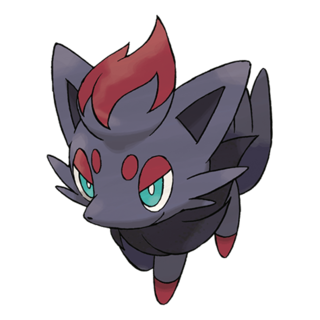 Zorua
Zorua
Zoroark Initial Reveal By Junichi Masuda. Source: Pokémon Sunday
In both of the previous dashing design articles, we looked at Pokémon that were revealed early in their generation. Well, we might have a clear winner here this time around. As Zorua and its evolution Zoroark were the first Pokémon revealed for the fifth generation of Pokémon games. They were First introduced as a silhouette in February of 2010 on the Japanese TV Show “Pokémon Sunday”. And then they were properly revealed in the Japanese CoroCoro Magazine. Also worth noting just to keep track, Generation 5 refers to the Pokémon Black, Pokémon White, Pokémon Black 2, and Pokémon White 2 series of games that were available on the Nintendo DS, and took place in the region of Unova.
Zorua and Zoroark were also the first generation five Pokémon to appear in the mainline series anime. They both starred in the movie ” Pokémon—Zoroark: Master of Illusions” first released in Japan on July 10, 2010. Following the trend set by Lucario, a generally accepted cool-looking Pokémon that was introduced early in its generation and people often mistake for a Legendary or Mythical Pokémon. In reality both the Zorua and Riolu lines are considered regular Pokémon. Though neither Zorua nor Zoroark could be captured in the wild in any of the fifth generation of video games.
Etymology
There isn’t actually too much I could pull from Zorua’s name. It is a small name and one shared between most languages Pokémon has been translated to. The Zor part of Zorua’s name most likely stems from the Spanish word “Zorro” (meaning fox) and the Irish word “Rua” (meaning red). This might seem strange at first, as the region of Unova Zorua debuted in is notably inspired by the real-life location of New York in the US. But as the first region in the game to not be based on a Japanese location, a central focus of Unova seems to have been the amalgamation of different cultures that is home to New York.
For example, consider the final form of the three Unovan starters Samurott, Emboar, and Serperior. Samurott is based on a Japanese Samurai, Emboar a Chinese Warlord, and Serperior a European Royalty. Also, despite the fact that Zorro is a Spanish word, there is the popular fictional American figure of Zorro. And I think this hits the nail on the cultural variety of New York represented in the concept behind the Unova region.
Design
Source: Pokémon Evolutions: Episode 4
I keep iterating on how different cultures are represented in the fifth-generation games despite the Unova region being inspired by New York. And that holds especially true for Zorua, as it’s all Japanese! To be more specific Zorua is very likely inspired by the Kitsune, a type of fox spirit in Japanese folklore. Now, the Kitsune is very prevalent in Japanese culture. Not only are there tons of stories about fox spirits in various parts of Japan but many games and other pieces of Japanese media like to reference them as well. And Pokémon is no different. In fact, multiple Pokémon take inspiration from the Kitsune such as the Zorua and Vulpix lines!
So with the Kitsune being such a prevalent part of Japanese culture, there is a lot to talk about when it comes down to it. As such, I will primarily be focusing on the specific parts of Kitsune lore that only relate to Zorua. And this still leaves us with a lot to talk about. So I’m going to be even more specific and say that from the many different types of Kitsune, Zorua is very likely inspired by the Yako, otherwise known as Nogitsune.
Source: Ehon Hyaku Monogatari by Shunsen Takehara
Not only are Yako or Nogitsune considered younger members of Kitsune, but they are also generally considered tricksters. Characteristics shared by Zorua. Also according to Takatoshi Ishizuka, a rather prolific writer of books relating to Japan’s folklore creatures, the main factor to help differentiate Yako from regular foxes is that they tend to be either Black or White. And if we look at Zorua and its Hisuian form, oh if you’d look at that, respectively black and white!
Other Characteristics
Now with the overall design inspiration for Zorua out of the way, we have space to talk about specifics. One major characteristic is its tail. In the aforementioned debut movie for Zorua, it is shown that Zorua fails to hide its tail when it’s creating illusions. And it is worth noting that Zorua’s ability is “Illusion” not “Transformation” like Ditto’s. But anyway, even in the trailer for the movie, we see that touching Zorua’s tail reverts it back to its actual form. Tricky Kitsune getting caught by their tail being visible is a common trope in both traditional and modern Kitsune stories.
Related to that is an emphasis on Zorua’s timid nature. From the Pokémon White Pokédex:
To protect themselves from danger, they hide their true identities by transforming into people and Pokémon.
Tricky fox spirits getting caught due to their timidity is also a common trope. Where many stories highlight how they give their true form away by being immensely afraid of dogs. Another thing of note is Zorua’s red highlights, particularly on its face. This might stem from traditional Japanese theatre makeup, such as those seen in Kabuki and Noh. A connection that becomes more apparent in its Hisuian form. But I think there is another reason for these highlights. Which brings us to:
Shiny Corner
Source: Pokémon GO Shiny Sprite
As mentioned before, Shiny Zorua is one of the new shinies for this Halloween. And when you look at the difference between regular and shiny Zorua, what’s the first thing to catch your eye? The change from the red highlights to an almost glowing light-blue/cyan color right? I think this is alluding to the true nature of these highlights. They are a reference to Kitsunebi!
So what am I even talking about? The name Kitsunebi, often translated as Fox Fire or Spirit Fire, already somewhat explains what it is. Kitsunebi is one of the many magical powers the Kitsune are said to possess. A type of magical fire that Kitsune can create and use for various purposes. While more benevolent Kitsune might use it to help people, mischievous fox spirits such as the Yako use it to trick people. Either to scare them or misdirect them in the night.
Modern Example of Kitsunebi. Source: The Helpful Fox Senko-san
Kitsunebi are traditionally represented as red or orange. (Such as explained in “Gensō dōbutsu jiten.” by Takumi Kusano). However, they are often light blue as well, especially in modern interpretations. As such, I believe this is where Zorua’s highlights come from. It helps give both regular and shiny Zorua a fittingly fiery edge while alluding to a phenomenon often attested to the Kitsune!
 Zoroark
Zoroark
We have so far looked at a Pokémon’s entire evolutionary line in this series. So let’s continue that with Zoroark. Thankfully, most etymological and design inspirations for Zorua apply to Zoroark as well. Just take the name for example. Zoroark keeps the “Zorro” from Zorua and adds “ark” at the end. This ark most likely takes from the word “Dark” which typically just refers to darkness, but can often be used to mean ill intentions as well.
Source: Uploaded by Zeroghan of GOHub
Design-wise as well, most of what has been said about Zorua applies for Zoroark. But of course, the main difference is that Zoroark is bipedal, and more mature looking than its pre-evolution. And this maturity is a rather important part of Zoroark’s identity as a Pokémon. In fact, both its Pokémon White and Black Pokédex entries state that it shows competency in using its illusions to protect its pack. And its White 2 and Black 2 entry states:
Stories say those who tried to catch Zoroark were trapped in an illusion and punished.
So not only has it become more protective of its kin but its illusory abilities seem to have improved as well. This brings us to why the Kitsune are so enduringly popular in Japanese culture. For you see, fox spirits are often seen as messengers of the Shinto deity “Inari”, who has the largest number of dedicated shrines in Japan. As such, they are said to live for thousands of years and have a hierarchy as well. With the older, wiser, and spiritually more powerful Kitsune looking over, leading, and mentoring the younger members. Thus Zoroark’s role as a more powerful leader and protector of its young.
Hoshi no tama
But admittedly, I have been dodging what I believe is the coolest aspect of Zoroark’s design so far, its hair. As a more humanoid, bipedal Pokémon having a tuft of hair ties Zoroark’s design in a perfect knot. And the tip of the hair keeps Zorua’s tail aesthetic alive, despite Zoroark not actually having a tail. This brings us to what may be the most inspired part of Zoroark’s hair, the gem that ties it all together into a ponytail.
Zoroak’s Ponytail. Source: Pokémon Home
The aforementioned diety Inari and the Inari Foxes have a strong connection with jewels. “Hoshi no tama” are some such jewels that are said to contain the magical/spiritual energy the foxes possess. When in their normal form, Kitsune are said to keep their valued Hoshi no tama in their mouth or on their tails. And as the tied tip of the ponytail is meant to be a stand-in for Zorua’s tail, I think we can safely guess where Zoroark keeps its magical jewel. However, it should be noted that Hoshi no tama is generally said to be white. So perhaps Zoroak’s is blue (or yellow for its shiny) because it is filled with magical energy or “Kitsunebi”, the previously mentioned fox fire.
And there we go! The third “Dashing Design” for the newest shiny. Shout out to Phantump as well, which got its shiny recently, and it’s a very cool-looking shiny at that, in my opinion. Maybe I will get a chance to cover it in a Dashing Design article sometime in the distant future.
But getting back on track, this has been the longest in the “Dashing Design” series so far. And it’s hard not to be, considering Zorua’s design inspirations. And yet honestly, I feel like I have only scratched the surface when it comes to the Kitsune, and things related to it. Perhaps I will get another chance to expand further on them if I ever cover Ninetales or even Zorua’s Hisuian variant separately. And this is why, Zorua’s design, is quite dashing!
Goodbye for now, Pokémon trainers. Priom-out!

